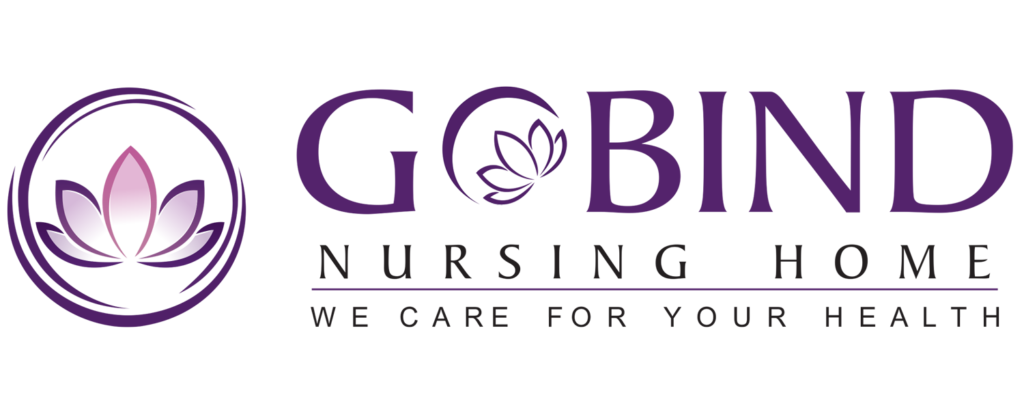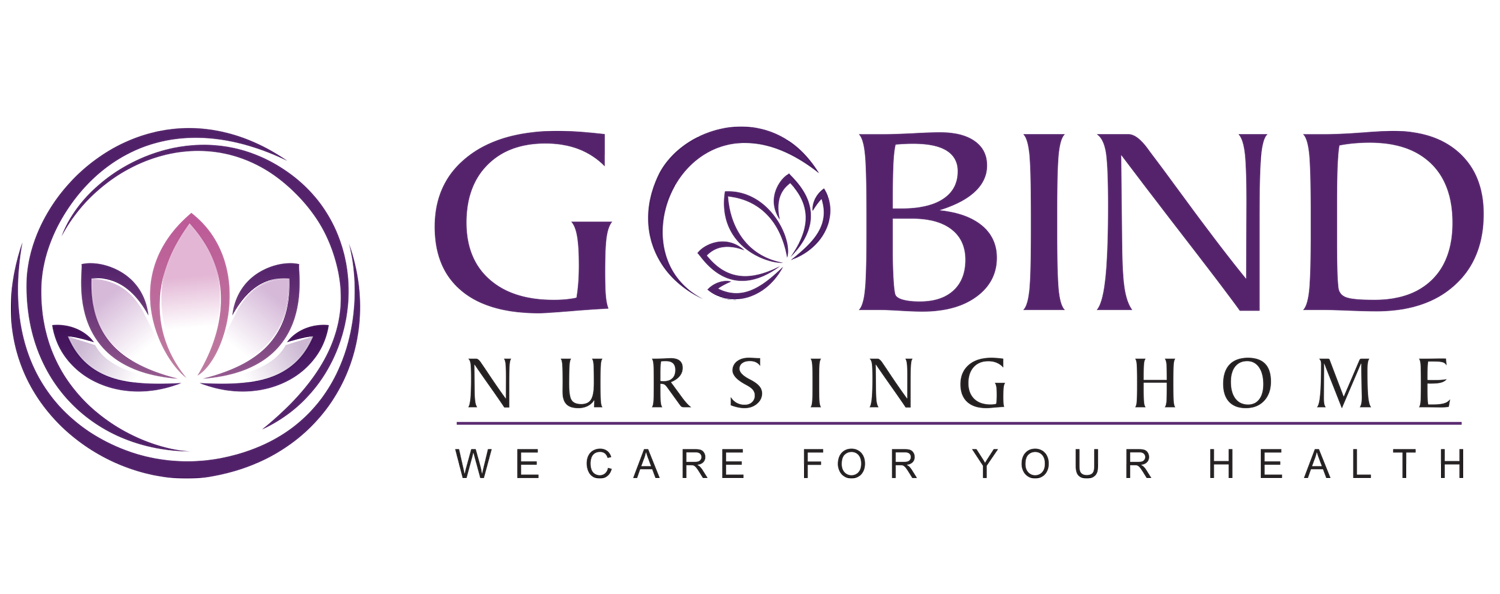Maternity Services (Deliveries & Ceaserians)
MATERNITY SERVICES (DELIVERIES & CESARIAN)
Childbirth through Delivery.

What are the types of delivery?

Vaginal delivery (Normal delivery)
Cesarean birth/C-section
Frequently Asked Questions
A Cesarean section is advised as a planned mode of delivery in case some issues are identified beforehand. Some of the reasons include:
- Position of the baby is not as expected around the due date, i.e., head down.
- Medical issues with the mother which may be risky for the mother or the baby like, heart disease, infections, etc.
- Multiple pregnancy or more than one baby (twins or triplets).
- Previous history of Cesarean section which doesn’t allow a vaginal delivery to be attempted.
- However, in many cases, a decision to undertake Cesarean section may be taken while the patient is in labour pain. Such unplanned Cesarean section is advised due to reasons such as:
- Risk to the baby by a peculiar positioning of the placenta or the umbilical cord
- Signs of distress of the baby like a very fast or slow heart rate
- Slow, hard labour
Depending upon the reason for previous Cesarean section as well as the type and position of the cut made during the previous Cesarean section, the gynaecologist/obstetrician may determine if it is safe to go ahead for a vaginal delivery for the current pregnancy. It is always best to consult the attending obstetrician and follow their advice in these matters.
Cesarean section is routinely a safe procedure and majority of mothers and babies perform well after Cesarean section. However, being a surgery, there might be certain risks which include:
- Infection at the surgical site, i.e., the incision or the uterus
- High blood loss
- Blood clot formation in the lungs or legs of the mother
- Surgical injury to the mother or baby
- Side effects or complications of anaesthesia, like nausea, vomiting, and severe headache
- Scar formation in the uterus
While the time before delivery is among the most anxious situations in life, it is best to relax and mentally prepare yourself for motherhood.
Before delivery:
- Keep all your medical records – personal and pregnancy records in hand. Discuss with your doctor regarding the medicines and vaccinations.
- For the due day and hospital visit: Pack loose clothing, bathrobe, socks and woolen, blankets, for you and baby. A relaxing kit such as book, music, along with snacks. Once the baby is born you will need nursing bras, swaddling cloth, maternity wear and a going home outfit. Keep jewelry and lots of cash safely at home.
- If your blood group is negative, consult with the doctor for Anti-D medicines. This must be taken during pregnancy or at least immediately after delivery.
- Health conditions such as gestational diabetes (high blood sugar during pregnancy), preeclampsia (high blood pressure during pregnancy), and heart diseases increase the chances of high-risk pregnancies. Consult your doctor and follow necessary precautions.
- Identify the signs of labor such as rupture of membrane, bleeding or spotting, pain associated with contractions. Your baby is on the way, consult your doctor.
After delivery:
- Depending upon the mode of delivery, if you undergo any health issues, the gynaecologist/obstetrician will give specific instructions for recovery.
- The incision after a cesarean section requires time to heal. It is best to relax and avoid heavy lifting, intense exercise, and sit-ups.
- If possible, arrange for someone to help you with childcare, housework, cooking and other such activities.
- You may experience some pain in the belly area and may need medications as per your obstetrician advice.
- Give yourself some time to recover from delivery before you venture into fitness and full blown exercise regimen. First, let your body heal and then when you are ready begin with small steps and short-term goals.
For Mother:
- Provides an environment for the mother to actively participate in the process
- Gives her a more positive and empowering experience
- The intimacy during the process ensures better bonding between the baby and the mother
- Much faster recovery and normalcy
- Shorter length of hospital stay for the mother
- There is no scarring or attention to take care of stitches
- Follow up visits for the mother to the hospital are also fewer
For Baby:
- Normally, the baby is also ready to come out of the womb at the same time as the mother is ready to deliver
- Amniotic fluids filled in the lungs of the baby get pushed out during the normal process of expelling the baby through the vagina. This allows easy breathing and less respiratory problems for the baby.
- The baby coming out of the womb through the vagina, inhales good bacteria which helps in boosting the immune system.
- There are fewer complications, less instances of allergies for babies born through vaginal delivery
- Baby will have earlier contact with the mother
- Babies born through normal delivery start breast feeding earlier
Disadvantages of Normal Delivery
- Delivery is entirely dependent on the mother’s body. The time of childbirth remains uncertain and hard to be scheduled.
- Duration of labour is not fixed as it can vary from short to long hours
- The mother has to undergo pain and stress during labour
- Assistance with episiotomy, suction cups or forceps while delivering may be needed specially if the baby is large
- Skin and tissues around the vagina can stretch and tear while delivering the baby making it necessary for stitches
- Vaginal delivery can lead to weakness or injury to pelvic muscles that control urine and bowel function resulting in urine or bowel incontinence
- Post-delivery discomfort or pain in the perineum, the area between vagina and anus may give sexual problems

